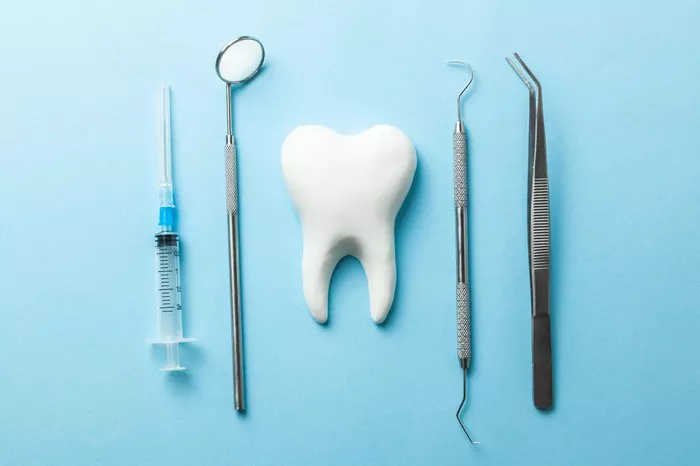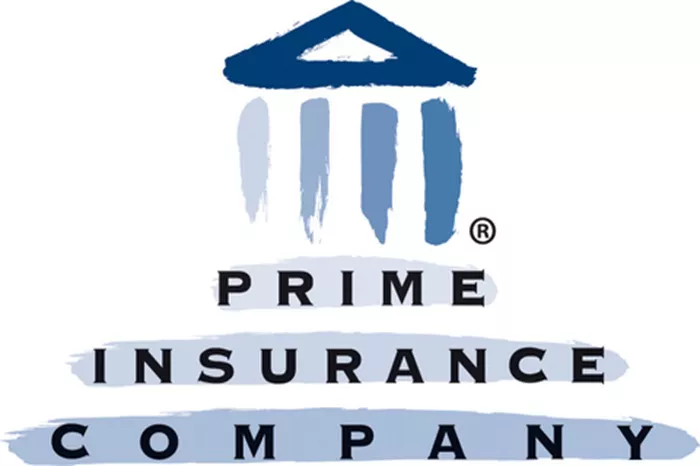When considering dental insurance, one term that often comes up is the “12-month waiting period.” Understanding this term is crucial for anyone looking to maximize their dental insurance benefits. This article will delve into what a 12-month waiting period means for dental insurance, how it impacts policyholders, and why insurance companies implement such waiting periods. By the end, you’ll have a comprehensive understanding of how these waiting periods can affect your dental care coverage.
Understanding the 12-Month Waiting Period
The 12-month waiting period is a common provision in dental insurance plans. It refers to the amount of time you must wait from the start of your coverage before you can claim certain types of benefits. This waiting period typically applies to major dental procedures, such as crowns, bridges, and dentures.
The waiting period does not affect preventive and basic dental care, such as routine cleanings, exams, and x-rays, which are usually covered immediately upon enrollment. However, for more extensive treatments, the 12-month waiting period is designed to encourage policyholders to maintain continuous coverage and manage costs effectively.
Why Do Dental Insurance Plans Have a 12-Month Waiting Period?
Dental insurance companies impose waiting periods for several reasons. Understanding these reasons can help policyholders appreciate the role of waiting periods in their overall insurance plan.
Cost Management
Insurance companies face significant costs when covering major dental procedures. By implementing a waiting period, insurers manage the financial risk associated with high-cost treatments. This provision helps ensure that policyholders do not immediately enroll just to use the insurance for expensive procedures and then cancel.
Encouraging Long-Term Enrollment
A waiting period encourages policyholders to stay enrolled in their insurance plan for an extended period. This long-term commitment helps insurance companies maintain a stable risk pool and ensures that the policyholder contributes to the cost of their coverage over time.
Preventing Fraud
Waiting periods also help prevent insurance fraud. By requiring policyholders to wait before they can claim benefits for major procedures, insurance companies reduce the risk of fraudulent claims. This measure discourages individuals from purchasing insurance only to receive costly treatments before canceling their policy.
Types of Coverage Affected by the Waiting Period
Understanding which types of dental treatments are affected by the 12-month waiting period can help policyholders plan their dental care accordingly. The waiting period usually applies to:
Major Restorative Services
These include crowns, bridges, dentures, and implants. Major restorative services are more expensive and complex, and insurance companies often require a waiting period to mitigate the risk associated with these high-cost treatments.
Orthodontic Treatments
Orthodontic treatments, such as braces or aligners, often have waiting periods or specific policy requirements. Some plans may not cover orthodontics at all, while others might impose a waiting period before coverage begins.
Periodontal Services
Periodontal treatments for gum disease, such as scaling and root planing, may also be subject to waiting periods. These treatments are essential for managing gum health but can be costly, so insurance companies may require a waiting period before coverage.
See Also: What Does Waiting Period Mean on Dental Insurance
How to Plan for a 12-Month Waiting Period
Navigating a 12-month waiting period requires planning and foresight. Here are some strategies to help you make the most of your dental insurance coverage:
Review Your Policy Details
Before enrolling in a dental insurance plan, carefully review the policy details. Pay close attention to the waiting periods for various types of coverage. Understanding these details will help you plan for future dental needs and avoid surprises.
Schedule Preventive Care
Take advantage of the coverage for preventive care that typically starts immediately. Regular check-ups, cleanings, and x-rays can help maintain your oral health and potentially reduce the need for major procedures.
Budget for Major Procedures
If you anticipate needing major dental work, consider budgeting for these expenses out-of-pocket during the waiting period. This approach can help you manage costs and avoid financial strain when the waiting period ends.
Seek Alternative Coverage
If the 12-month waiting period is a concern, explore alternative dental insurance plans or supplemental coverage options. Some plans may offer shorter waiting periods or different coverage structures that better suit your needs.
Impact on New Policyholders vs. Existing Policyholders
The impact of a 12-month waiting period can vary depending on whether you are a new or existing policyholder. Here’s how it affects each group:
New Policyholders
For new policyholders, the waiting period is a standard requirement. It may affect your ability to access coverage for major treatments immediately. Planning and understanding the waiting period can help you make informed decisions about your dental care.
Existing Policyholders
Existing policyholders may be affected differently, especially if they switch plans or insurance providers. When changing plans, it’s essential to review the new policy’s waiting period requirements and how they might overlap with your existing coverage.
How to Maximize Your Dental Insurance Benefits
To make the most of your dental insurance benefits during the 12-month waiting period, consider these tips:
Utilize Preventive Services
Take full advantage of preventive care, such as routine cleanings and exams, which are often covered immediately. Regular visits can help prevent dental issues and reduce the need for major procedures.
Plan Major Procedures Strategically
If possible, plan major dental procedures to coincide with the end of the waiting period. This strategy allows you to use your insurance benefits effectively and reduce out-of-pocket costs.
Keep Detailed Records
Maintain detailed records of your dental care and insurance claims. This practice can help you track your coverage and ensure that you meet all policy requirements.
Consult with Your Dentist
Discuss your insurance coverage with your dentist. They can provide guidance on how to plan your treatments and make the most of your benefits.
Conclusion
Understanding what a 12-month waiting period means for dental insurance is essential for making informed decisions about your dental care. By recognizing the reasons behind waiting periods, how they impact coverage, and strategies for planning around them, you can effectively manage your dental health and insurance benefits. Remember to review your policy details carefully, utilize preventive care, and consult with your dentist to maximize your insurance coverage.






















